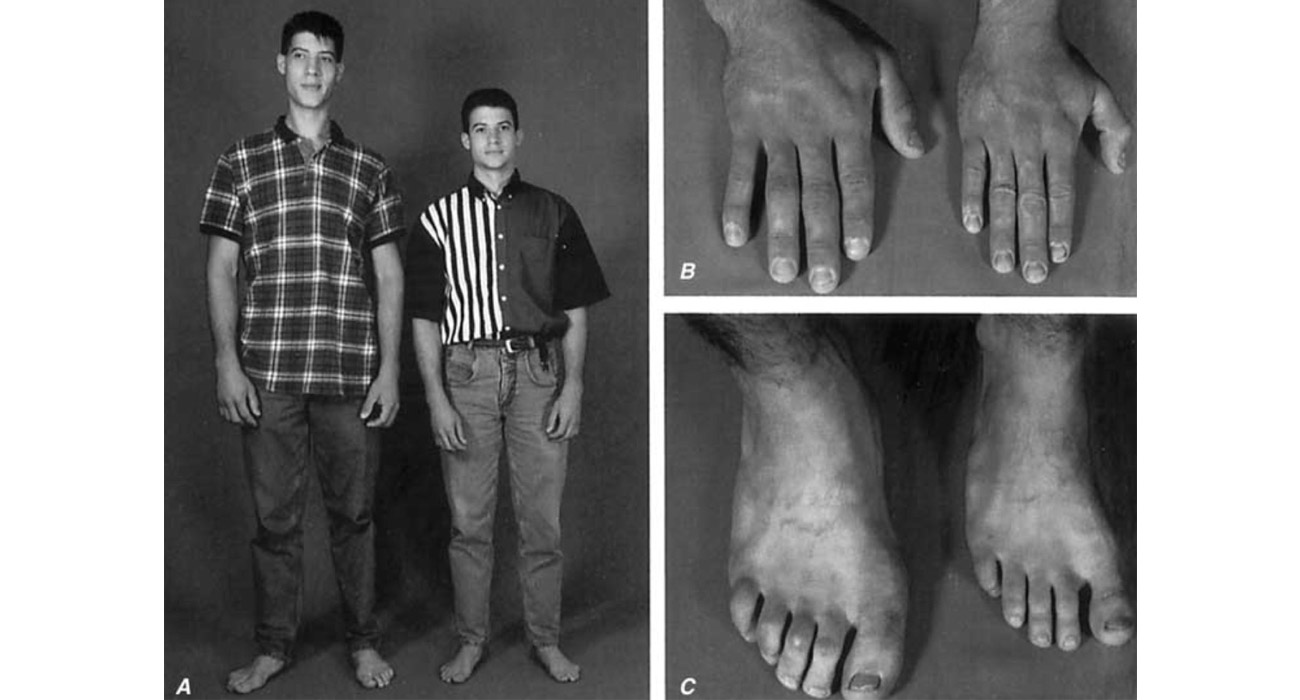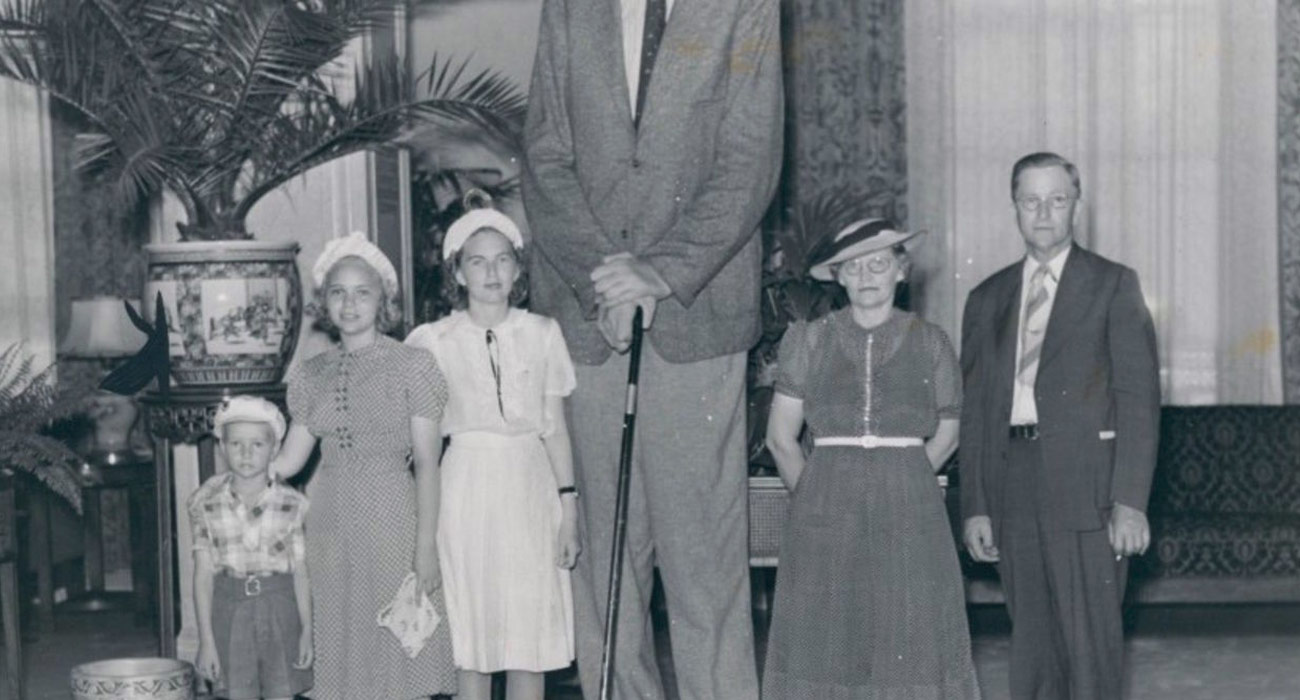Acromegaly is a hormonal illness that grows at the time of pituitary gland production of too much growth hormone in adulthood. Once this happens, the bones are augmented in dimensions, most noticeably those of hands, feet and face. Acromegaly typically affects middle-aged grownups.

In children who are at the age growing, too much development hormone can create a condition called gigantism. These children have larger-than-usual bone development and an irregular growth in height.
Since acromegaly is rare and physical changes happen slowly, the disorder often is not detected instantly: even every so often not for years. If not treated on the dot, acromegaly can result in serious ailment and even turn into being life-threatening. Nevertheless, available treatments for acromegaly can decrease the risk of complications and meaningfully mend your symptoms, like the expansion of the features.
The symptoms of acromegaly hard to identify because they usually grow gradually over the course of time. For instance, you might see over a period of some months that you have a ring that feels more and tighter on your finger up to the point when it no longer fits. You might also realize that you are required to have a bigger shoe.

Prevalent symptoms of acromegaly include:
You’d better see your GP if you’ve recognized one or more of these signs.

Hormones are those chemical substances that control vital body purposes including metabolism, development, growth, and reproduction. Growth hormone, like numeral hormones, is made by the pituitary gland. It is one in a sequence of hormones that control the growth of tissues.
Excessive growth hormone and IGF-1 in the blood could be regarded as the cause of most of the physical difficulties in acromegaly.
In most cases of acromegaly, the excess growth of hormone is made by a tumor of the pituitary gland called adenoma.
The residual cases of acromegaly are produced by other types of tumors that secretly cause the growth of hormone or GHRH.

The physician will work it out with you to find the best plan for treatment. In this regard you have to consider your age, well-being, and the statues of your condition.
Three techniques to treat
Surgery is normally the very first way of managing Acromegaly for those with big tumors affecting critical areas, and, of course, it works out for the majority of them. The surgeon removes the tumor from deep of the brain. In order to do so, they make a cut in the nose or the inner part of the upper lip. Sometimes, the surgeon might want you to take medication before peforming the operation to make the tumor shrink.
After only a few days, your signs and symptoms might start to improve. The physician may recommend you to take one of these medications after the surgical procedure to help control or treat the disease and make the growth hormone levels go back to normal
These drugs may lower growth hormone level in the bloodstream or hinder the effects of it on the body.
If you still have some parts of the tumor left after performing the surgery, then you might as well think about Radiation. Also, if you need further support to reduce growth hormone levels after taking medications, Radiation my come in handy. It, in fact, can stop the tumor from developing and help your body to reduce growth hormone production.
Submit Comment